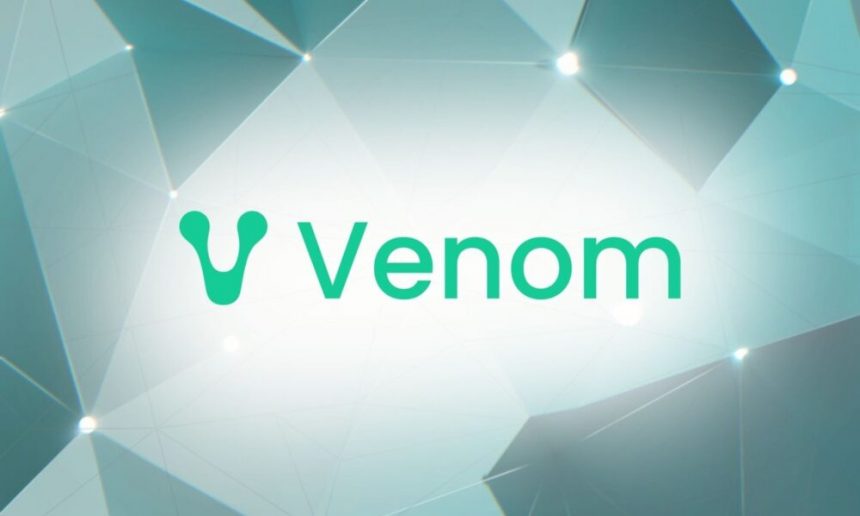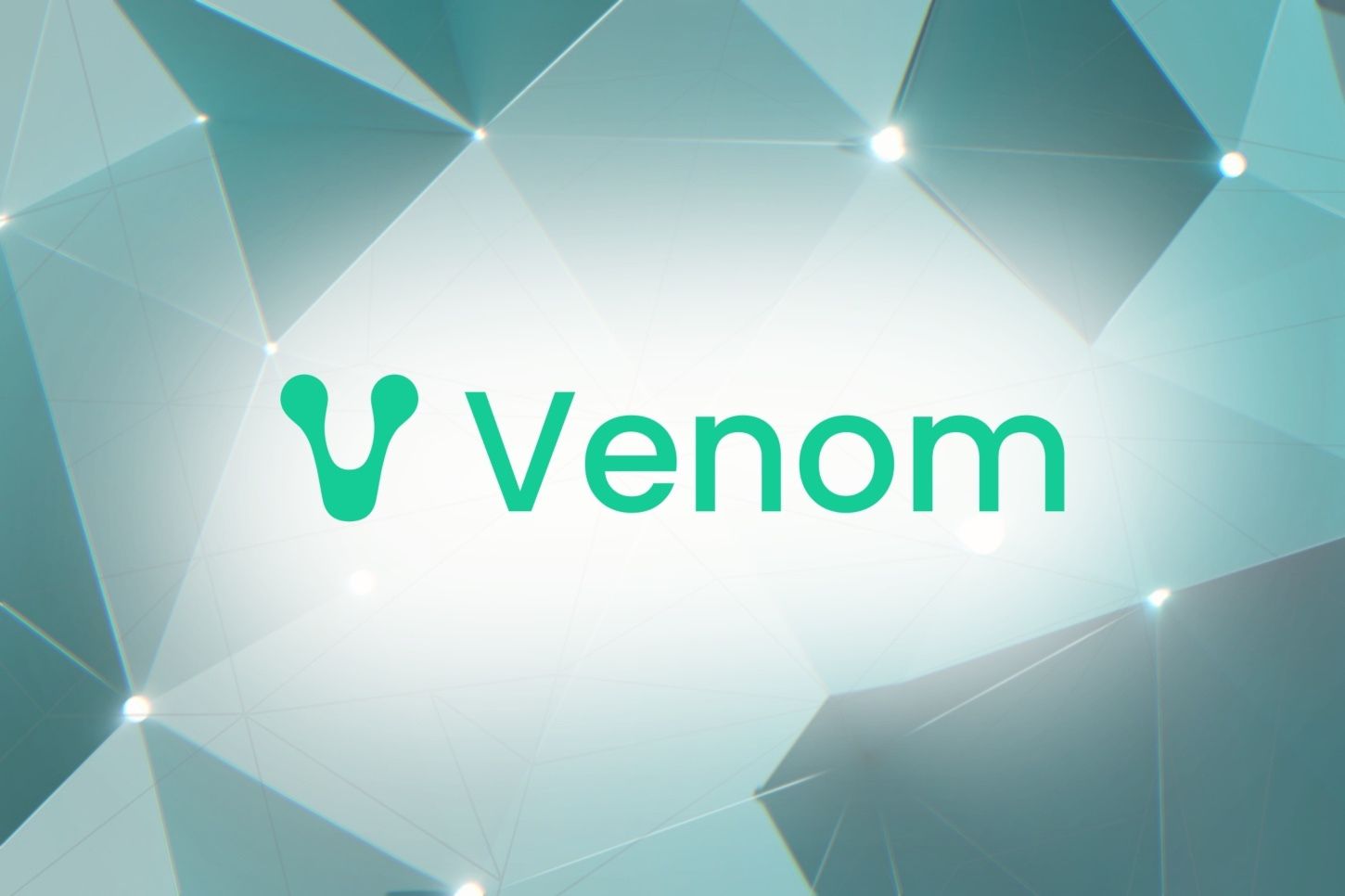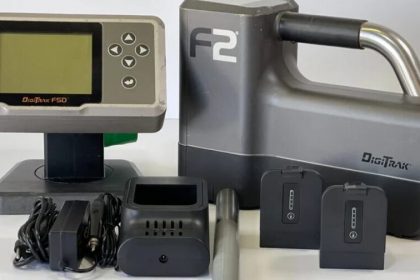In the race to modernize financial systems across Southeast Asia, one challenge looms larger than the rest: trust. Governments are eager to embrace the efficiency and innovation that blockchain can offer, but many remain skeptical about surrendering control to decentralized networks. Venom Foundation believes it has found the middle ground — a sovereign-grade Layer-0 blockchain with a built-in governance model that puts public institutions in the driver’s seat.
The Abu Dhabi-based foundation has formally invited central banks and regulators across the region, including those in Singapore, Malaysia, the Philippines, and Vietnam, to co-develop modular blockchain infrastructure tailored to national needs. In its open letter, the company outlined a clear roadmap for collaboration: start with stablecoin issuance, integrate real-time payments, and build from there toward on-chain compliance, analytics, and tokenized asset management.
Central to Venom’s offer is a governance model that gives national institutions partial control over blockchain validation. This approach helps close the trust gap between regulators and decentralized systems. It also allows governments to shape the infrastructure around their own priorities, such as audit access, digital identity management, or the tokenization of assets like land records and carbon credits.
One of the platform’s features is its compliance-ready toolkit. It supports ISO 20022 messaging, making it compatible with existing banking systems. It also includes optional modules for on-chain KYC/AML checks, digital identity verification, and structured audit trails. Regulators can monitor flows in real time, flag anomalies, and automate reporting — all while maintaining data privacy and institutional control.
The platform also offers modular architecture. Governments do not need to adopt the entire system at once. They can start with components aligned to their strategic priorities and expand functionality over time.
Christopher Louis Tsu, CEO of Venom Foundation, believes this balance is key to unlocking real adoption. “We are pioneering the future of financial infrastructure. Our mission is to empower governments and institutions through next-generation blockchain technology, strengthening their sovereign capabilities and unlocking new opportunities for their citizens.”
The Venom blockchain is already live and supporting early pilots. In the Philippines, local financial institutions are working with Venom on digital currency use cases and real-time settlement experiments. A broader regional rollout is planned for 2025, focused on deploying a cross-border payment layer that enables stablecoin transactions between government entities and financial institutions. This could reduce settlement delays and provide regulators with real-time visibility into capital flows.
The Venom blockchain is already live and supporting early pilots. In the Philippines, local financial institutions are working with Venom on digital currency use cases and real-time settlement experiments. A broader regional rollout is planned for 2025, focused on deploying a cross-border payment layer that enables stablecoin transactions between government entities and financial institutions. This could reduce settlement delays and provide regulators with real-time visibility into capital flows.The Venom blockchain is already live and supporting early pilots. In the Philippines, local financial institutions are working with Venom on digital currency use cases and real-time settlement experiments. A broader regional rollout is planned for 2025, focused on deploying a cross-border payment layer that enables stablecoin transactions between government entities and financial institutions. This could reduce settlement delays and provide regulators with real-time visibility into capital flows.









